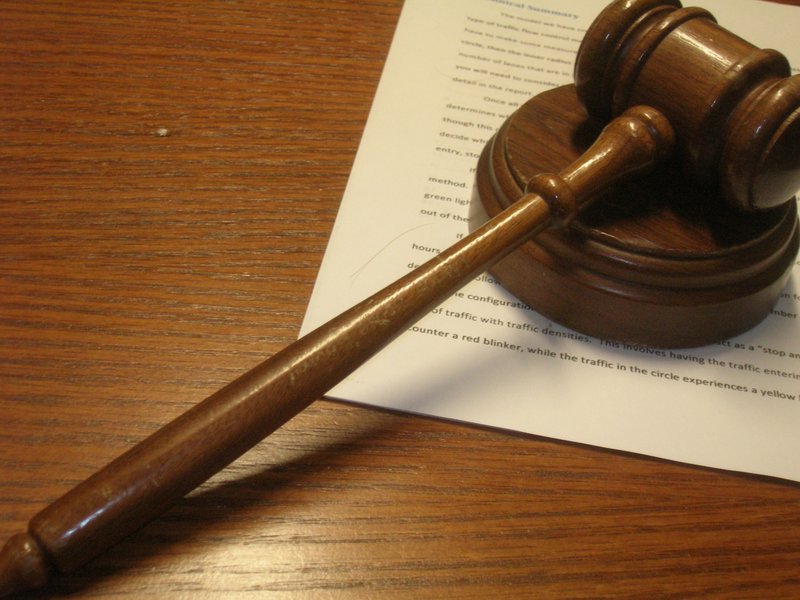Doctor who examined Henri van Breda takes the stand
Updated | By ANA
Doctor Michelle van Zyl did not prescribe pain medication after examining 22-year-old Henri van Breda at the Vergelen Medi-Clinic on January 27, 2015, the Western Cape High Court heard on Monday.

Van Breda arrived at the hospital at about 20.45pm with a friend, his younger sister’s boyfriend at the time, James Reade-Jahn.
Van Zyl told the Western Cape High Court on Monday that Van Breda was “friendly and jovial”, spoke casually to the staff, appeared calm and confident and relaxed, and was fully aware of his surroundings. Her report also stated that there was a slight smell of alcohol on his breath.
As the trial against Van Breda entered its 15th day, more evidence emerged about the superficial wounds Van Breda sustained during an axe attack at his family’s upmarket home in the security estate, de Zalze, in Stellenbosch in the early hours of January 27, 2015.
The attack claimed the lives of his parents and older brother. His younger sister Marli, who was 16 years old at the time, survived.
Van Breda has pleaded not guilty to three charges of murder, one of attempted murder, as well as defeating the ends of justice.
He claims an intruder was behind the attacks, but the State alleges he committed the murders and that the wounds he sustained were, in fact, self-inflicted.
Van Zyl told the court that Van Breda had a small laceration on the left side of his abdomen. It was not deep enough for stitches, and so she “cleaned and clipped” it to bring the skin together. She said he had scratch marks on his left forearm that were about 3cm each, as well as a puncture mark on the left side of his chest which was not bleeding.
She discharged him, but police later asked her to see him again and told her Van Breda was a possible murder suspect. He was brought in at about 9.45pm and blood was drawn. She was asked to fill out a J88 form, which forms part of necessary paperwork, indicating injuries, in criminal investigations.
The second time she saw him, she said he was still “100% oriented”, but was not as friendly as he had been the first time.
She reported that both his eyes were swollen, the left one worse than the right, and that his skin had discoloured.
Van Zyl explained to the court that wounds take a while to form if they aren’t deep. She said Van Breda also showed no sign of concussion.
She testified that Van Breda was not emotional and answered her questions with one-word answers.
Defence lawyer Pieter Botha told the court that Van Breda was later given a tranquiliser by Reade-Jahn’s mother to help him sleep.
The case was adjourned to Tuesday when Dr Marianne Tiemensma‚ an expert in forensic pathology and clinical forensics‚ will be cross-examined.
Last week she told the court that she believed van Breda’s wounds were self-inflicted. “The wounds are superficial‚ regular‚ equal in depth‚ parallel‚ and in areas reachable to the person.”
The defence’s own expert pathologist is also expected to be present at Tuesday’s proceedings.
Show's Stories
-
Dad tries to have honest conversation with his 2-year-old
"I just wanted to have a conversation with you today...This morning you ...
The Workzone with Alex Jay 1 day, 5 hours ago -
Winter playground returns to Melrose Arch
Take the kids out this weekend, visit the Melrose Arch Winter playground...
The Workzone with Elana Afrika-Bredenkamp 1 day, 5 hours ago